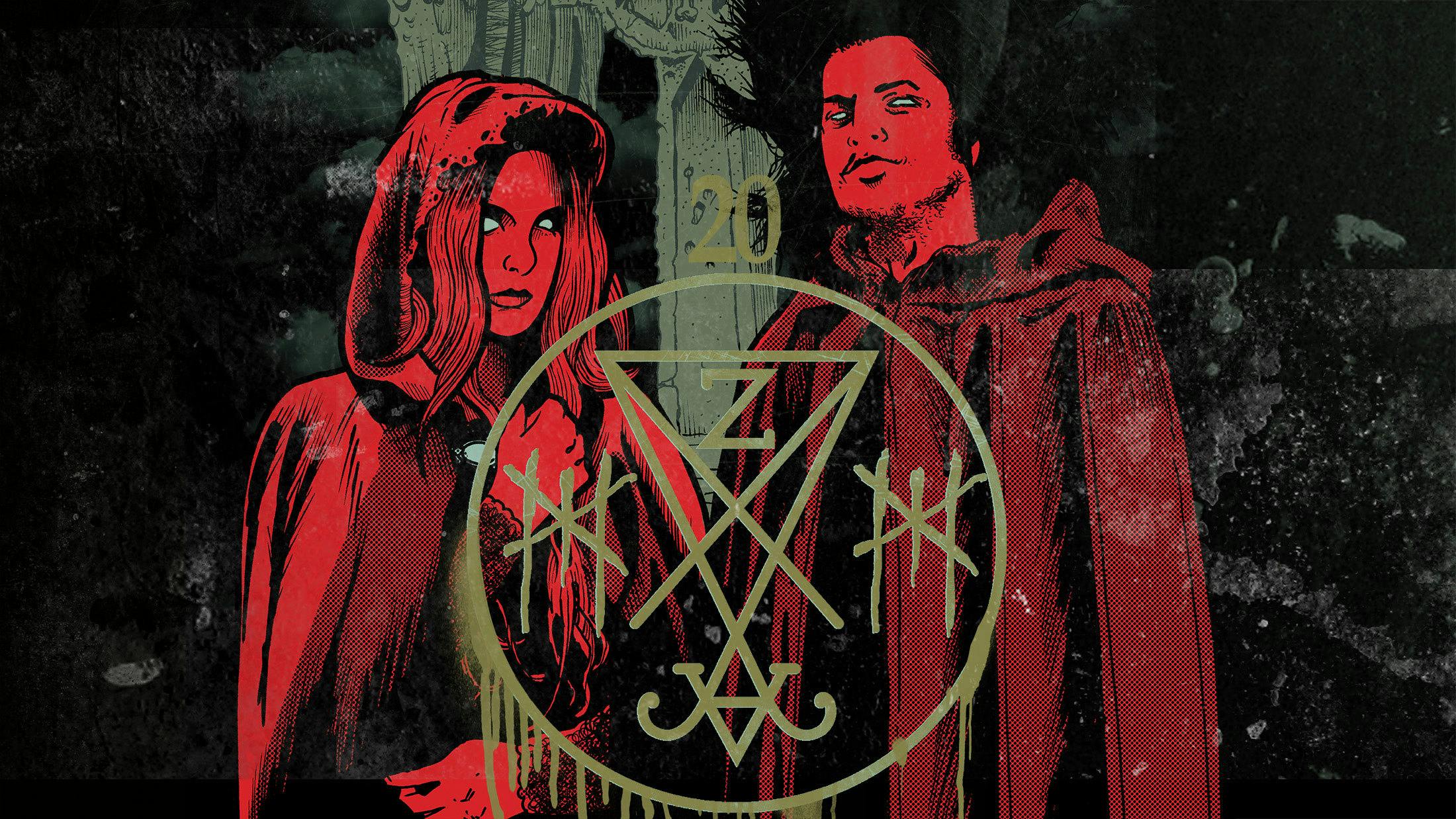The black metal extended universe can be a peculiar place, and not just because of the corpse paint and pervasive aroma of goat. There’s also a strange mix of experimentalism and stylistic conservatism. Some people have very specific ideas of what black metal should and shouldn’t sound like, and for many of these purists both Myrkur and Zeal & Ardor fall very much outside of that remit.
“It’s funny to me. I get interesting Facebook messages, and direct messages from time to time,” Manuel shrugs. “But what’s kind of hypocritical to me is that when it began, black metal was music to break the mould. It was this fringe, uncontrolled, wild thing. Now there are so many rules to adhere to. It’s counterintuitive to the initial spirit of it.”
Is there ever any point in regurgitating the sounds and styles of what has already been done?
“Well, the scene is a very protective, tightknit community,” he considers. “If you take something away from them that’s intrinsically a part of who they are, they’ll be angry. They identify with the music, they want more of it and want more of the same. It’s just not what I’m about. I guess there’s this nostalgic stubbornness to it that I can’t relate to, but I can understand it.”
“I could make a record that would be pleasing to those people,” adds Amalie, “but that’s not interesting to me. Those records have been done. Those years are like a beautiful memory we all can share and worship.”
The elephant in the room is that there are also some unsavoury elements in the underbelly of the black metal scene. Thankfully, these are very much in the minority, and Amalie and Manuel are loathe to pin accusations of misogyny or racism on the wider community.
“For me, any racist elements have been surprisingly absent,” says Manuel. “And honestly, I think the most efficient way to battle that is to appropriate the music, which is what I’m doing.”
Amalie has been open about the abuse she’s faced in the past, but considers it as much of an internet age and societal problem as anything.
“I’ve never met misogyny in real life in metal,” she insists. “I’ve seen it in pop music, so I don’t want to say that it’s a product of this scene.”
So, as two of the rising stars and more adventurous artists orbiting around the black metal world, how do you view the scene now?
“To me, it’s about a philosophical approach to music,” Manuel says. “It’s this complete disregard for trends and uncompromisingly following a vision or an idea – even if the result isn’t perfect and maybe because the result isn’t perfect. It makes something really honest, and that’s what black metal is to me.”
“It’s lent itself to evolving into all kinds of cool and inspiring sounds,” adds Amalie. “It’s a testament to how powerful the seeds that were sown back then really were. But old or new, the ones who get it hit your emotions pretty hard.”
While they may plough separate paths, they are united by their differences and ‘getting it’ is something Myrkur and Zeal & Ardor have in common. Because both look to paint over established lines while respectfully drawing on musical tradition, they will continue to redefine black metal in their own unique images.
